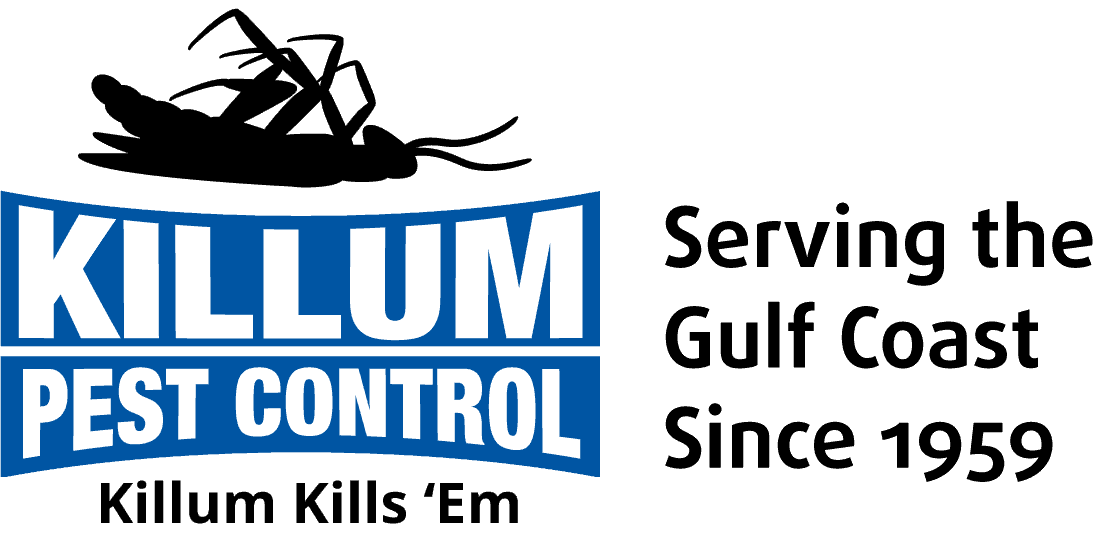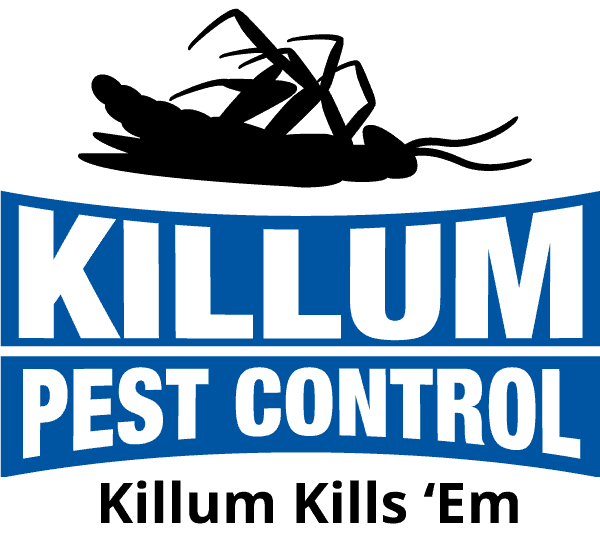Mosquito Information & Treatment
Mosquitoes undergo a life cycle called a “complete” life cycle. This means that the female lays eggs, the eggs hatch to larvae, the larvae grow and then turn into the pupae (like a cocoon in moths), and the adult mosquito subsequently hatches from the pupa to fly off and do its daily chores. The larva of any species of mosquito is an aquatic organism, and it must spend its time as the larva in water, where it actually serves some benefit by eating other tiny organisms in the water as a scavenger. So, female mosquitoes search for water sources in order to lay their eggs, and they can be pretty ingenious about it. The water may be large, visible sources, such as canals and swamps, or rainwater collections in ditches alongside the road. Or, it may be small sources of water that are more likely to be found in your backyard, and these are the ones you can control.
- Pet water dishes and buckets that aren’t emptied and refilled regularly
- Plastic pool covers that hold rainwater
- Catch pans under outdoor potted plants
- Fish ponds in the backya
- Cesspools and septic tanks that are not properly screened or blocked
- Crawl spaces under the home that have standing rainwater puddles
- Boats with water in their bottoms or on plastic boat covers
- Cans, jars, barrels, tubs, old buckets – any containers in the yard that collect rainwater
- Old tires – one of the worst sources of breeding mosquitoes
- Tree holes – another of the worst sources of water to deal with, and the likely breeding site of several important mosquito species
Immediately, when the weather warms to the mid to high 60’s, even if it is a sudden warm spell in the middle of the winter, mosquito adults are out and about, the females looking for a blood meal and then a water source to lay her eggs. It may even be containers, such as buckets or tree holes, that do not yet have water in them, and yet the mosquito instinctively knows these cavities will fill up later, and she lays her eggs in them. The eggs may be deposited in clusters on top of the water (called “rafts”) or one at a time on the surface of an object.
The eggs hatch into tiny larvae, and we call this stage “wrigglers” because of the way in which they move around in the water, wriggling back and forth rapidly to go up, down, or sideways. Even though they live in the water they still must breathe air, and they do so by going to the surface of the water frequently, and sticking their breathing tube up to the air above. This habit allows professionals to use some excellent materials on the surface of the water, to prevent the larvae from making this connection to the air.
After only a few days as a larva, which undergoes several stages and sheds its skin each stage in order to grow larger, it develops to the pupa stage. This is called a “tumbler”, because it too is active (although it does not feed) and tumbles around in the water to go to the bottom for protection and back to the surface to breathe. Finally, it floats to the top and the adult mosquito sheds the pupa skin and steps out as the fully developed, winged insect that we all know and love so well. Even though you may often find mosquitoes resting in wet grass or shrubbery, it is not possible for them to develop there as larvae, and it is small or large pools of water that are necessary.
What can I do to prevent mosquitoes?
While your ability to control widespread problems with mosquitoes is limited, there are many things to do to eliminate their breeding on your own property. Fogging with pesticides around your yard may provide some immediate relief from the biting adults, but this will be very short term, as the materials you fog with dissipate within only a few hours or a couple of days, and more mosquitoes can come in.
However, if we revisit the list of breeding sources from earlier in this article, here are some important thoughts for prevention:
Tree holes – examine the large trees on your property – oaks, sycamores, walnut – where trunks come together or where large branches have broken off, and determine whether there are holes where water can accumulate. Fill these holes with sand or gravel, possibly even with concrete, or drill holes from the underside to let the water drain out.
Backyard ponds – call your local Health Department or Mosquito control agency, and ask about getting some “mosquito fish”. These tiny fish may be free, and will live there year after year, eating any mosquito larvae that develop in the pond. They are extremely efficient at this and cause no other problems for you.
Small containers – just turn them over during the rainy season so they cannot store water.
Covers on pools, spas, boats, barbecues, etc. – drain them and prop them so water does not pool on them, but drains off.
Settled water in crawl spaces, around rain gutter down spouts, French drains, etc. – improve the drainage so all water can flow away.
Ensure all of the screens on your doors and windows are in good condition, and keep doors closed when possible so mosquitoes cannot enter your home.
When outside during the seasons that mosquito adults are active WEAR REPELLENT. Mosquitoes generally are good about honoring repellents, and this will prevent most bites. Of course, long sleeved shirts and long pants also go a long way in covering up the banquet tables that mosquitoes seek.
What about using chemicals to control mosquitoes?
Chemical control probably is best left in the hands of professionals, particularly if it is for widespread control measures. Any breeding sources on you own property generally can be handled by eliminating the source – in other words, draining the water. There are some excellent materials that can be placed in the water, in ponds, canals, storm drain catch basins, or other small bodies of water, that do a terrific job of preventing the development of the larvae. These are growth regulators, bacteria, or surface materials that cause suffocation of the larvae and pupae, and often are not available to the general public.
Contact your local Mosquito Abatement Agency or a licensed pest control firm, to see what options may be available to you in this area. Even if the chemical applications are left up to professionals, who have the training and equipment necessary, you can do a great deal to minimize the problem so that their efforts are more successful.
Another thought to keep in mind is to make sure you actually are dealing with mosquitoes, before you set about releasing chemicals into your home or yard. There are many other kinds of little “gnats” that resemble mosquitoes but which themselves do not bite. These may be midges, mayflies, fungus gnats, or the huge Crane Flies that people mistakenly believe are “mosquito hawks”, and believe will eat mosquitoes for us. Unfortunately, they do not.




